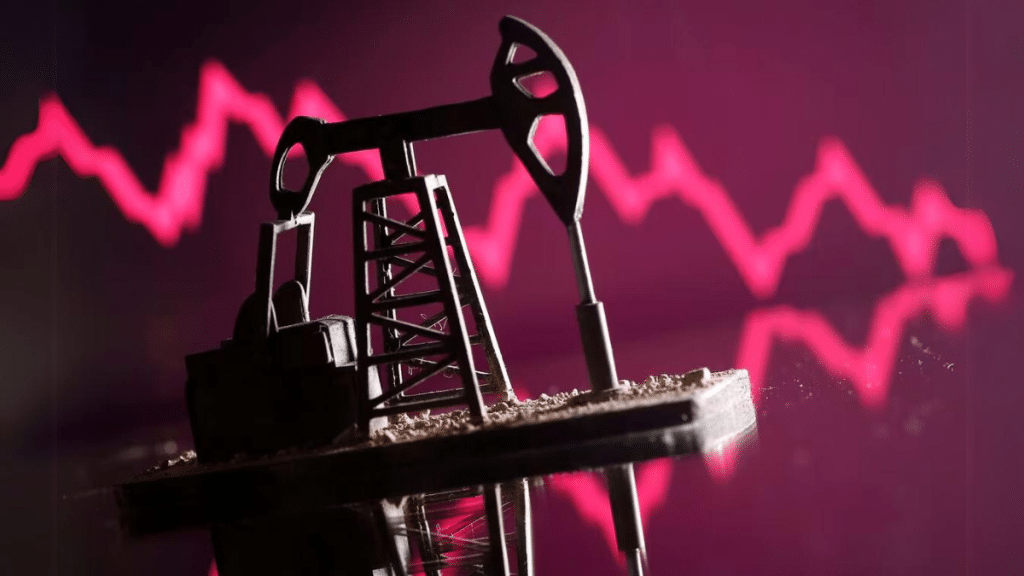The world’s dependency on oil is undeniable. Since the first oil well was drilled in the 19th century, the global economy has become intertwined with the ebbs and flows of the oil market. As this liquid gold courses through our economic veins, understanding its trading intricacies becomes crucial. This article aims to elucidate oil trading’s intricacies and provide insight into strategies that ensure profitability. Platforms like Oil Trader Aistreamline the trading process, equipping traders with efficient tools to buy and sell oil.
Understanding the Basics of Oil Trading
The Different Classifications of Crude Oil
There are primarily two main benchmarks for oil prices: West Texas Intermediate (WTI) and Brent Blend. WTI is sourced from the U.S. and is lighter and sweeter, making it easier to refine. Brent Blend, on the other hand, originates from the North Sea and constitutes a blend from 15 different oil fields.
Key Players in the Oil Market
- OPEC (Organization of the Petroleum Exporting Countries): Founded in 1960, its members collectively possess over 80% of global crude oil reserves. OPEC’s decisions profoundly influence oil prices.
- Non-OPEC countries: These are significant oil-producing nations outside the OPEC framework, with Russia being a primary player.
- Independent Oil Traders: These are companies or individuals who trade oil based on market dynamics, without having any extraction capabilities.
Instruments of Trade
Oil can be traded through several avenues:
- Spot Markets: Immediate delivery and payment.
- Futures Contracts: Agreement to buy or sell oil at a predetermined price on a specific date in the future.
- Options: Right, but not the obligation, to purchase oil at a certain price.
- Swaps: Contracts where two parties exchange cash flows or liabilities.
Analyzing the Global Factors Affecting Oil Prices
Geopolitical Tensions
Events like wars, sanctions, and political upheavals can instantly disrupt oil supply chains. For instance, the Gulf War in the 1990s saw oil prices shoot up due to supply disruptions.
Environmental Policies and the Green Transition
As the world grapples with climate change, there’s a surge in policies promoting renewable energy, which could diminish oil’s demand in the long run.
Economic Drivers
Global recessions, such as the 2008 financial crisis, drastically reduce oil consumption. Conversely, boom periods raise demand, pushing prices higher.
Technical Analysis: The Trader’s Toolbelt
Chart Patterns and Trends
Patterns like the “head and shoulders” or “double top” often signal market reversals. Recognizing these can be immensely beneficial for traders.
Indicators for Oil Trading
- Moving Averages (MA): Helps smooth out price data to create a single flowing line, beneficial in identifying the direction of the trend.
- MACD (Moving Average Convergence Divergence): Useful in spotting changes in the strength, direction, momentum, and duration of a trend.
- RSI (Relative Strength Index): Measures the speed and change of price movements, often used to identify overbought or oversold conditions.
Seasonality
Historically, oil prices tend to increase during summer months when driving increases, and decrease in winter.
Risk Management in Oil Trading
Volatility is oil trading’s middle name. Hedging risks becomes indispensable. Futures contracts, for instance, allow traders to lock in prices. Diversifying one’s portfolio by incorporating various energy commodities can also provide a buffer against unforeseen market shifts.
Future Innovations and Their Implications
AI and Machine Learning
These technologies enable traders to process vast amounts of data at unprecedented speeds, potentially predicting price movements with greater accuracy.
Blockchain Technology
Ensuring transparent and tamper-proof transactions can foster trust and efficiency in the oil trading ecosystem.
Renewable Energy
The shift towards sustainable energy sources may reduce oil’s dominance, urging traders to recalibrate their strategies.
Ethical Considerations in Oil Trading
Beyond profitability, traders must recognize the socio-economic and environmental repercussions of oil extraction and consumption. Committing to sustainable trading practices is not just ethically right but can also be a unique selling proposition in a market that’s becoming increasingly conscious of its broader impacts.
Next-Level Profit Strategies: Tips and Tricks
- Timing the Market: Historical data, combined with real-time analytics, can assist traders in deciding their entry and exit points.
- Capitalizing on Global Events: Being abreast of global developments can provide a first-mover advantage in the oil trading space.
- Learning from the Best: Adapting strategies employed by successful oil traders and incorporating them based on one’s individual risk appetite and goals can pave the way for sustainable profits.
Conclusion
Navigating the intricate realm of oil trading offers both challenges and rewards. In an era where global focus is shifting towards sustainable energy, it’s crucial for traders to understand and adeptly respond to these evolving dynamics. To thrive in this competitive field, traders must prioritize constant upskilling, stringent risk management, and a staunch adherence to ethical practices.

